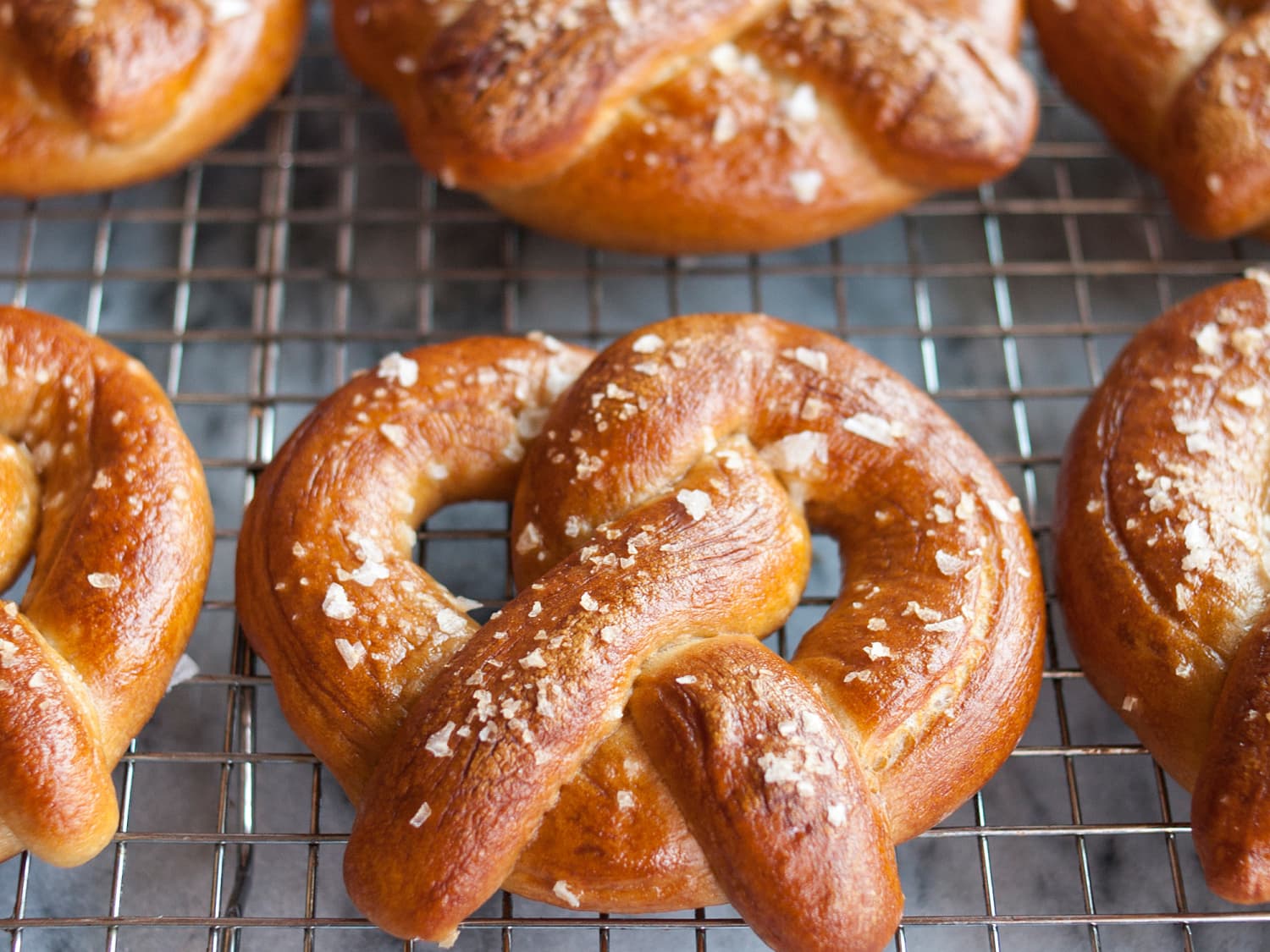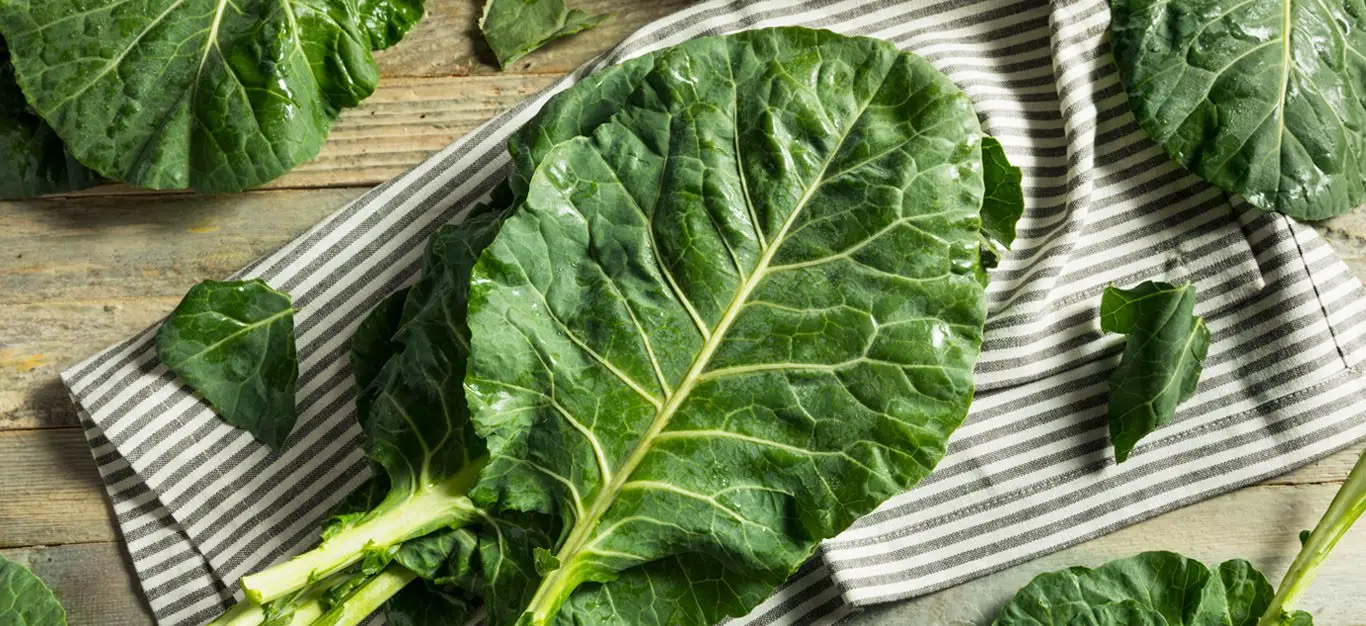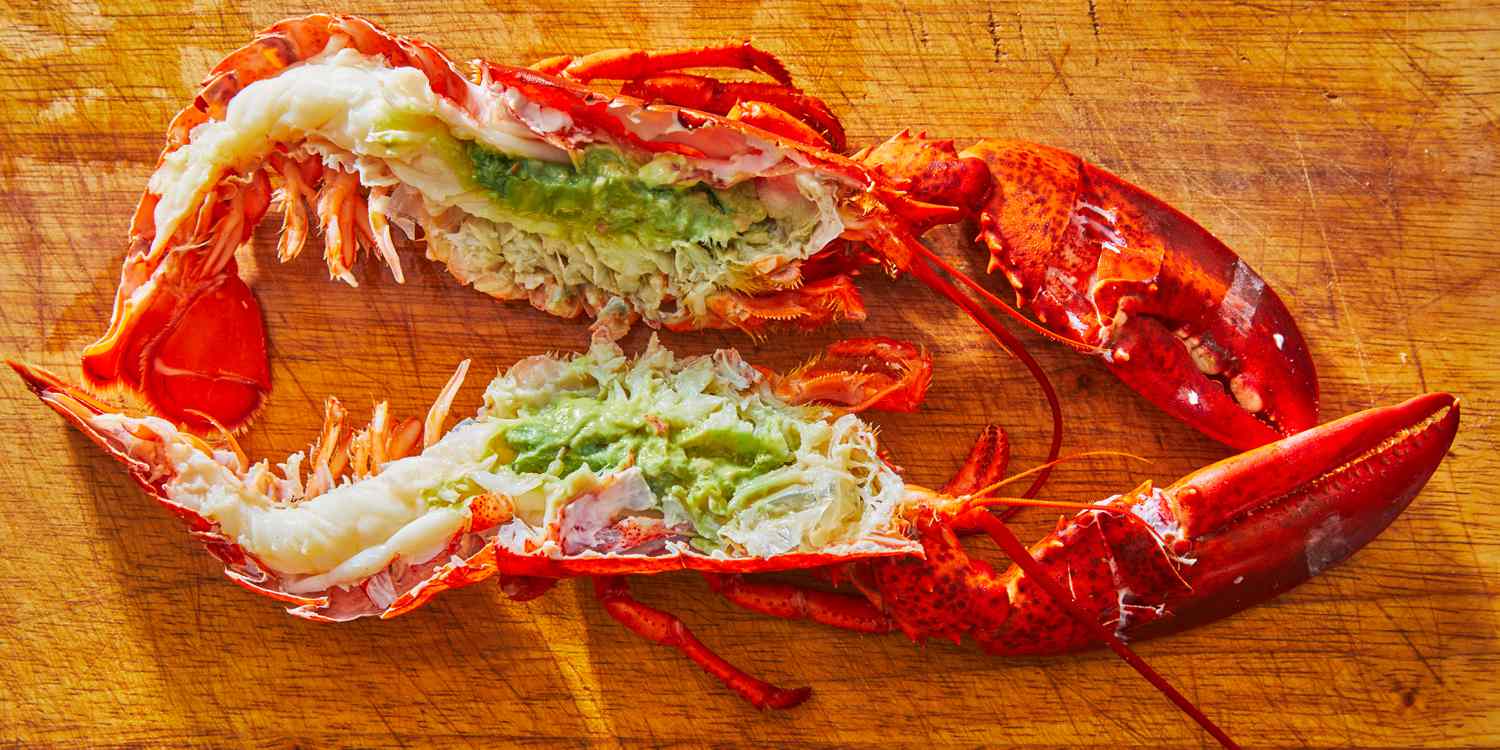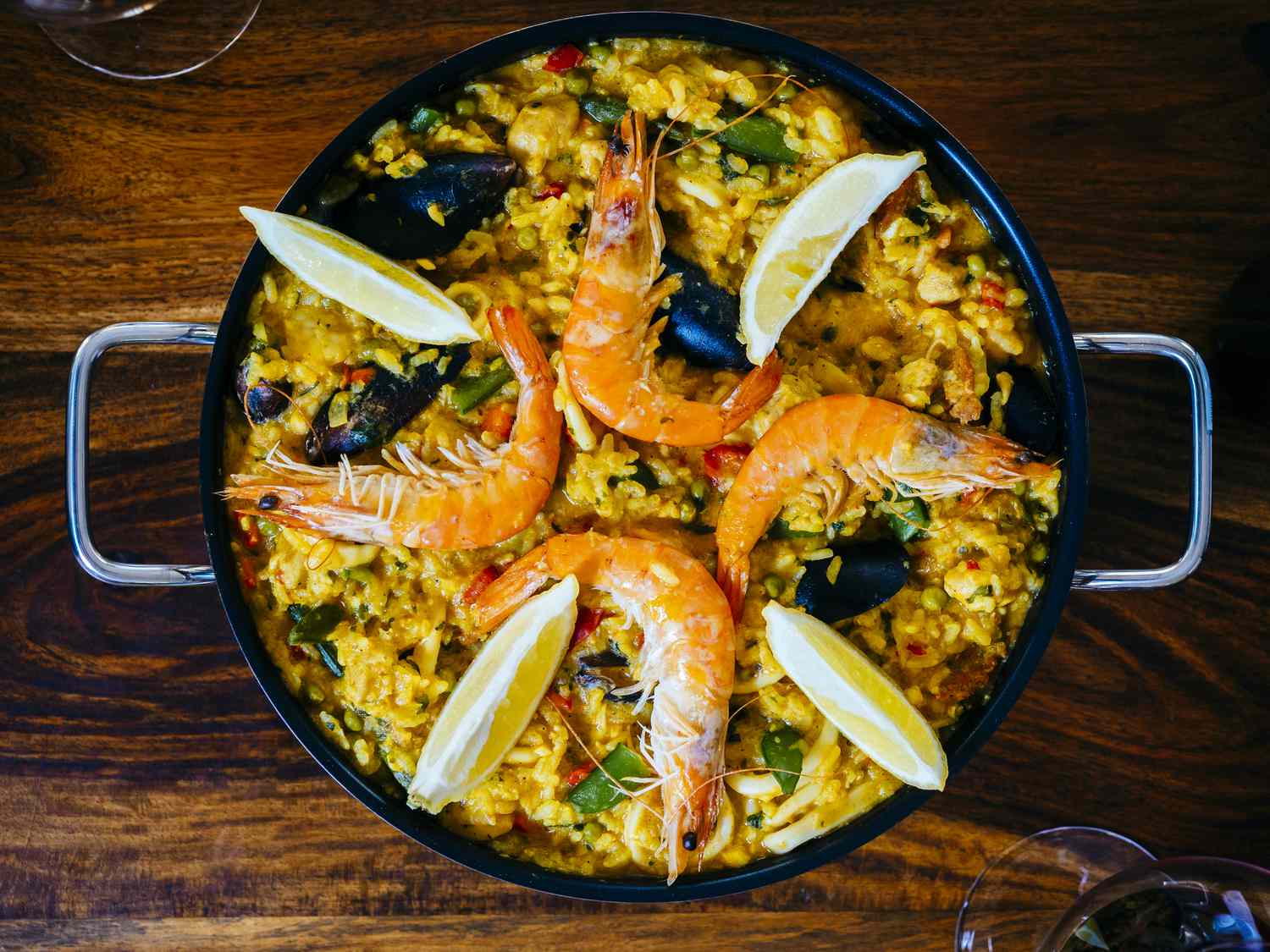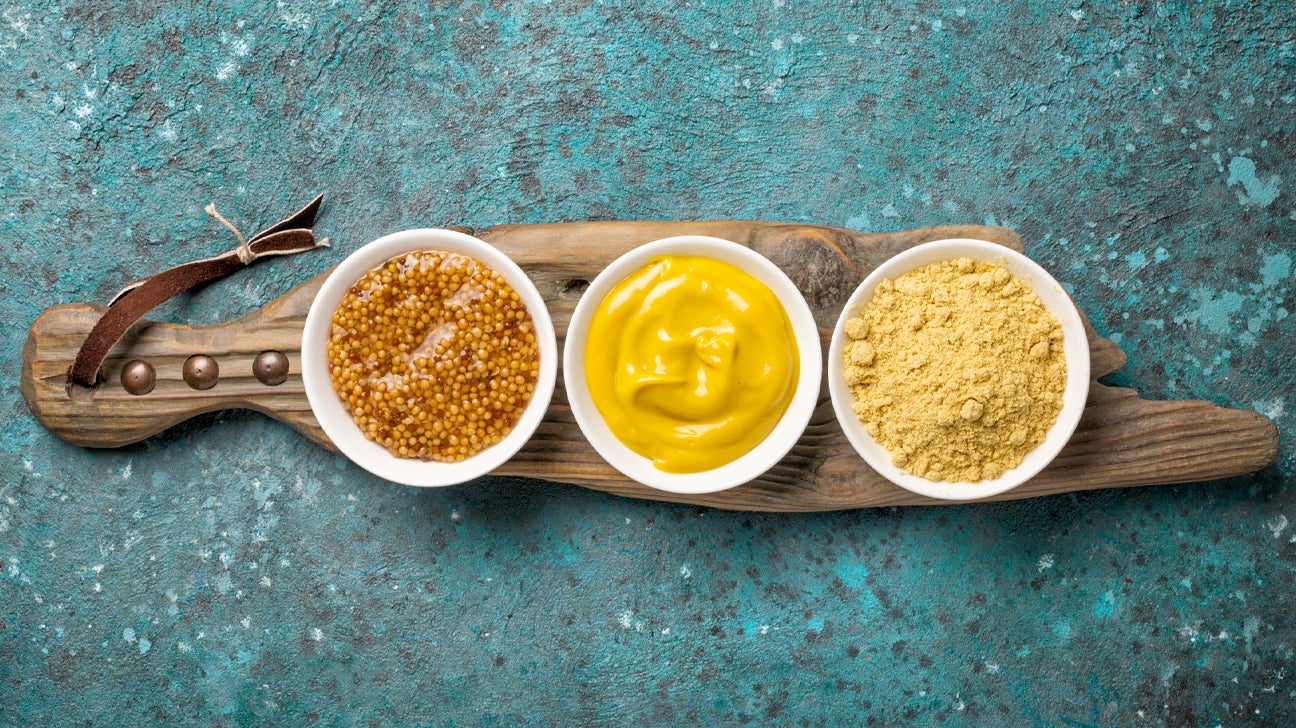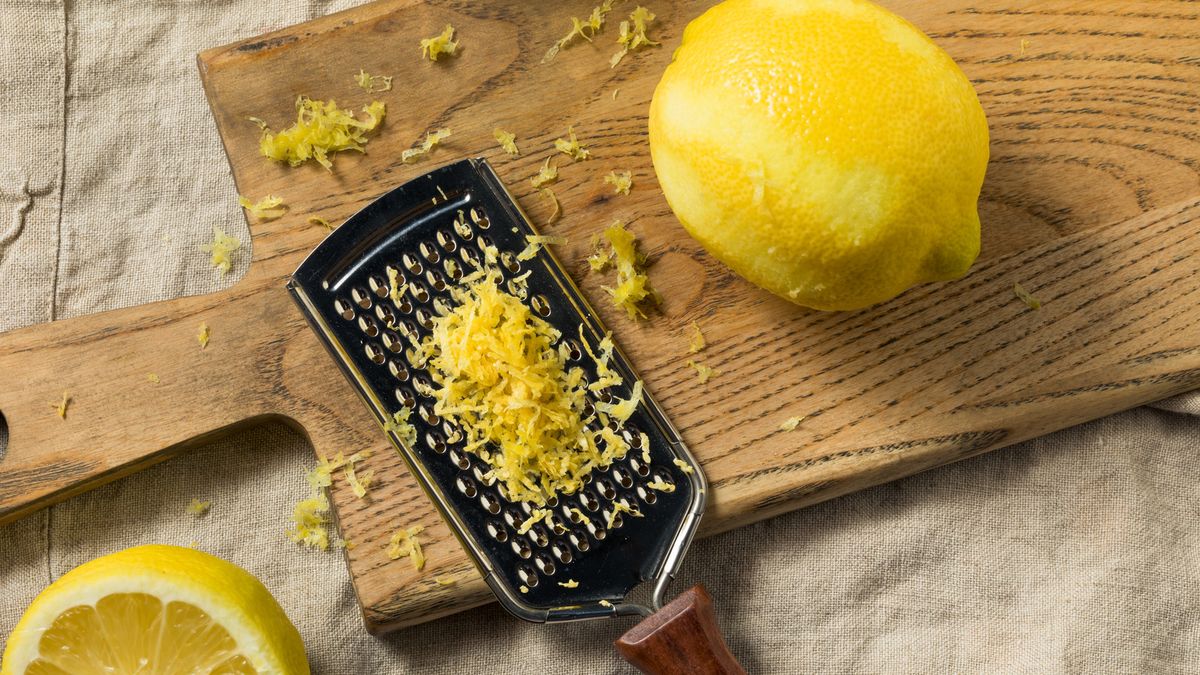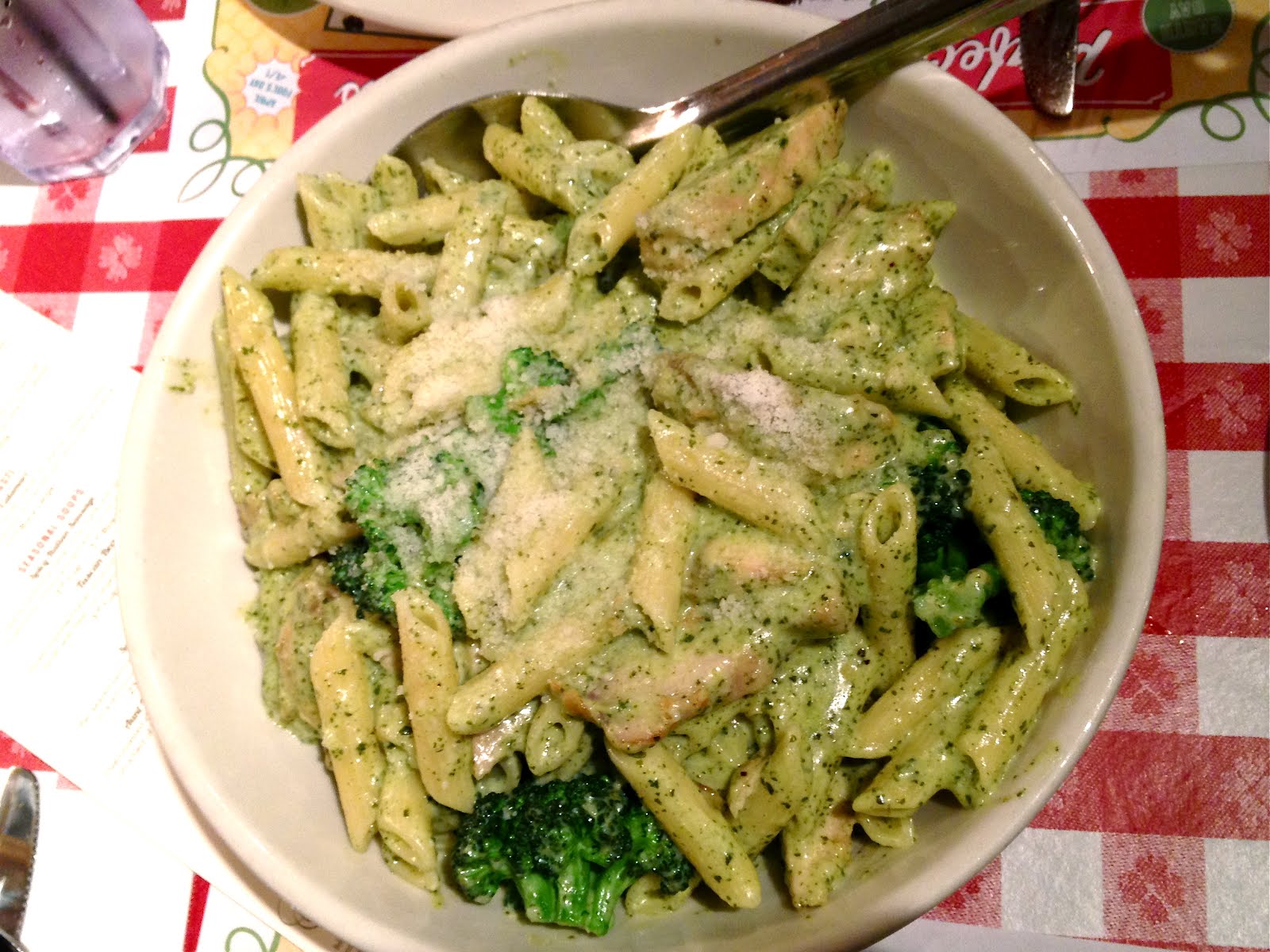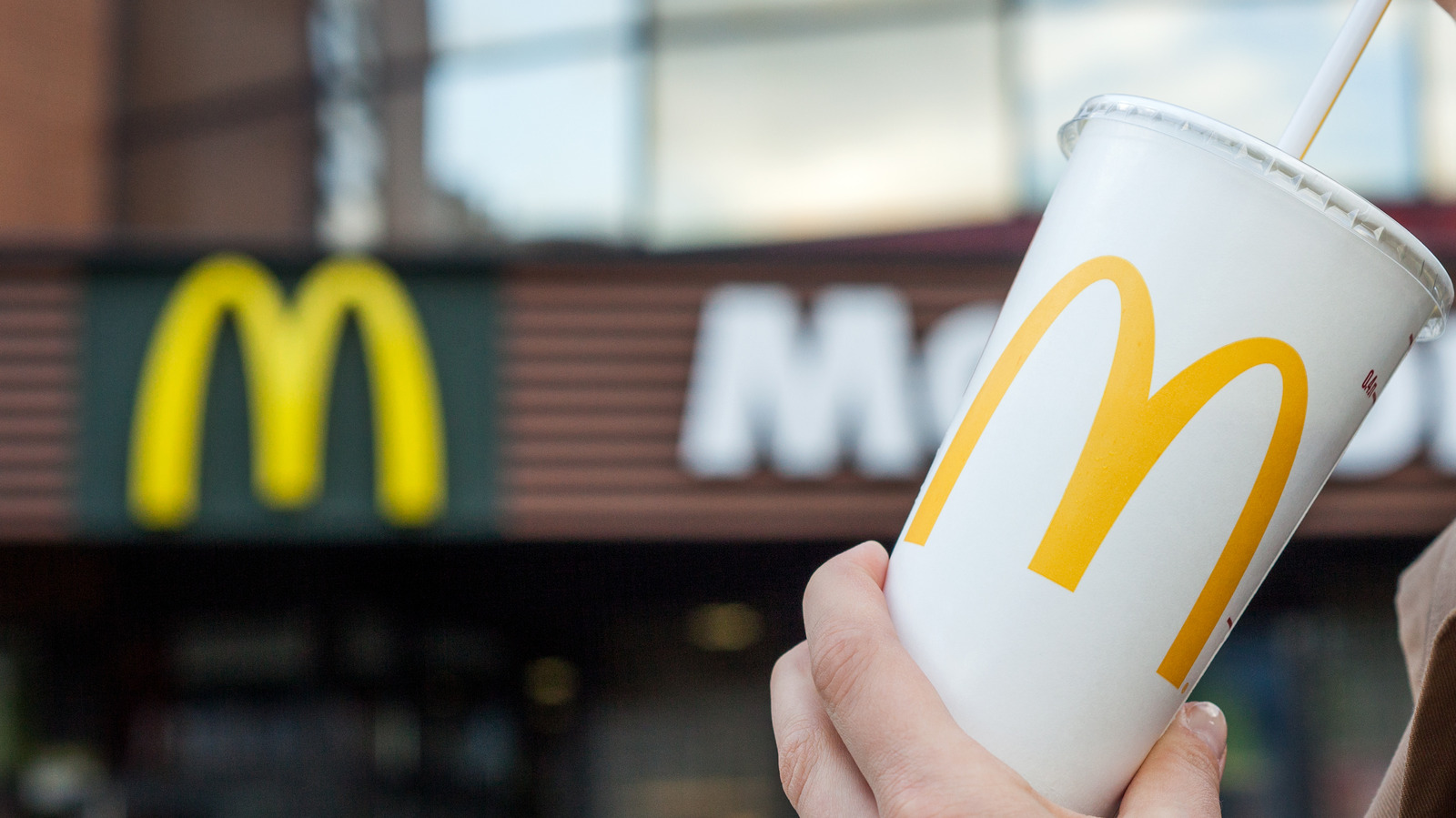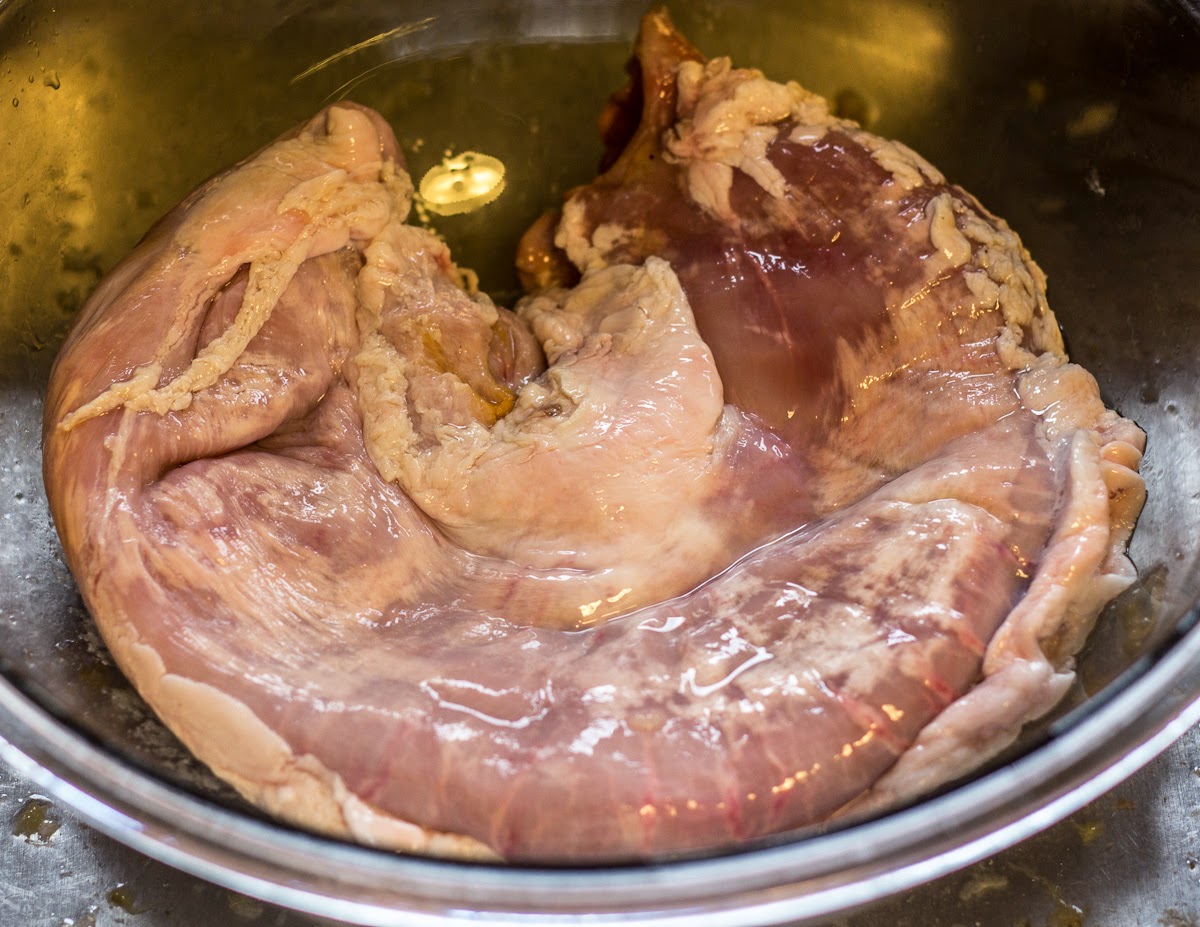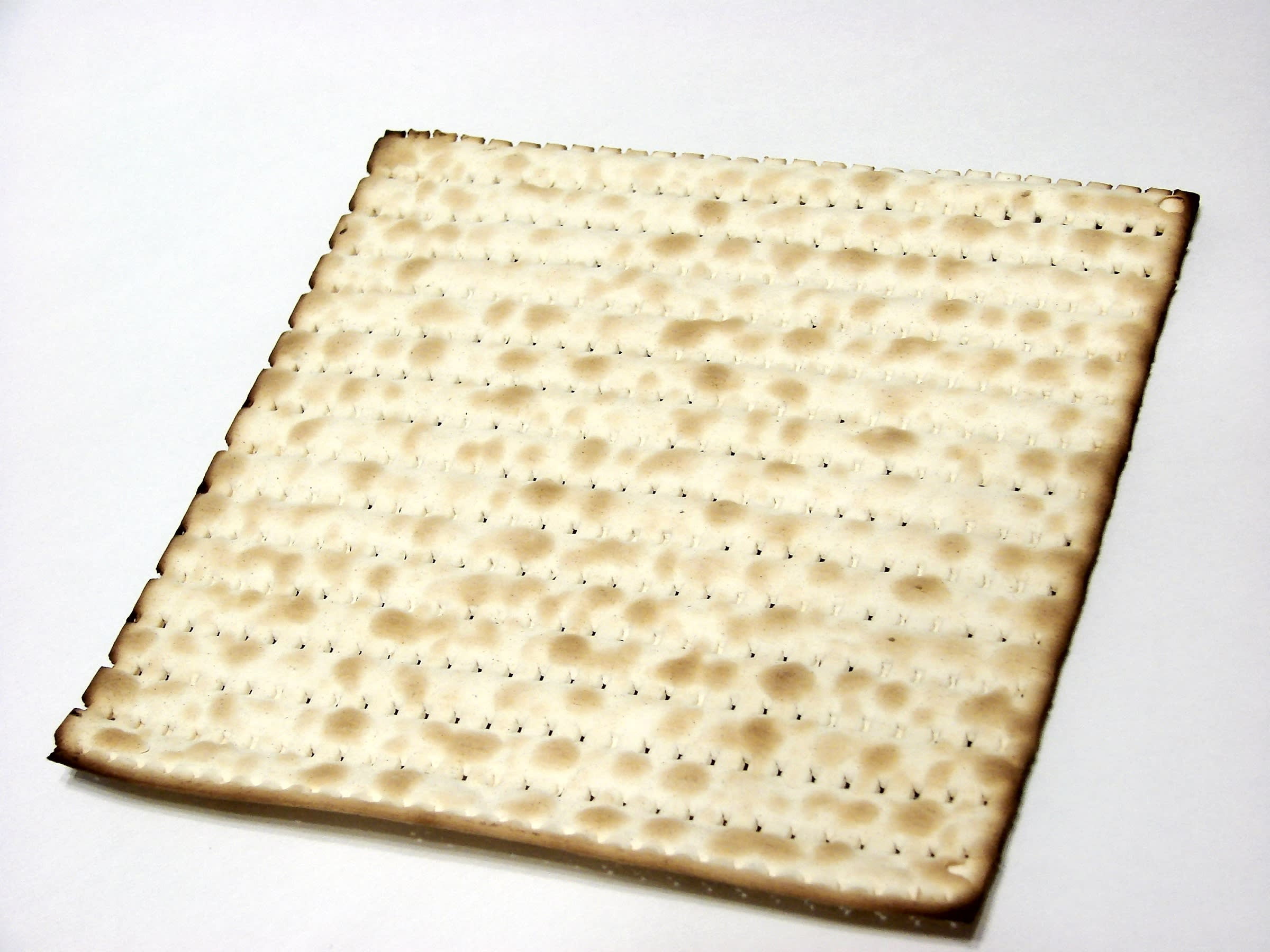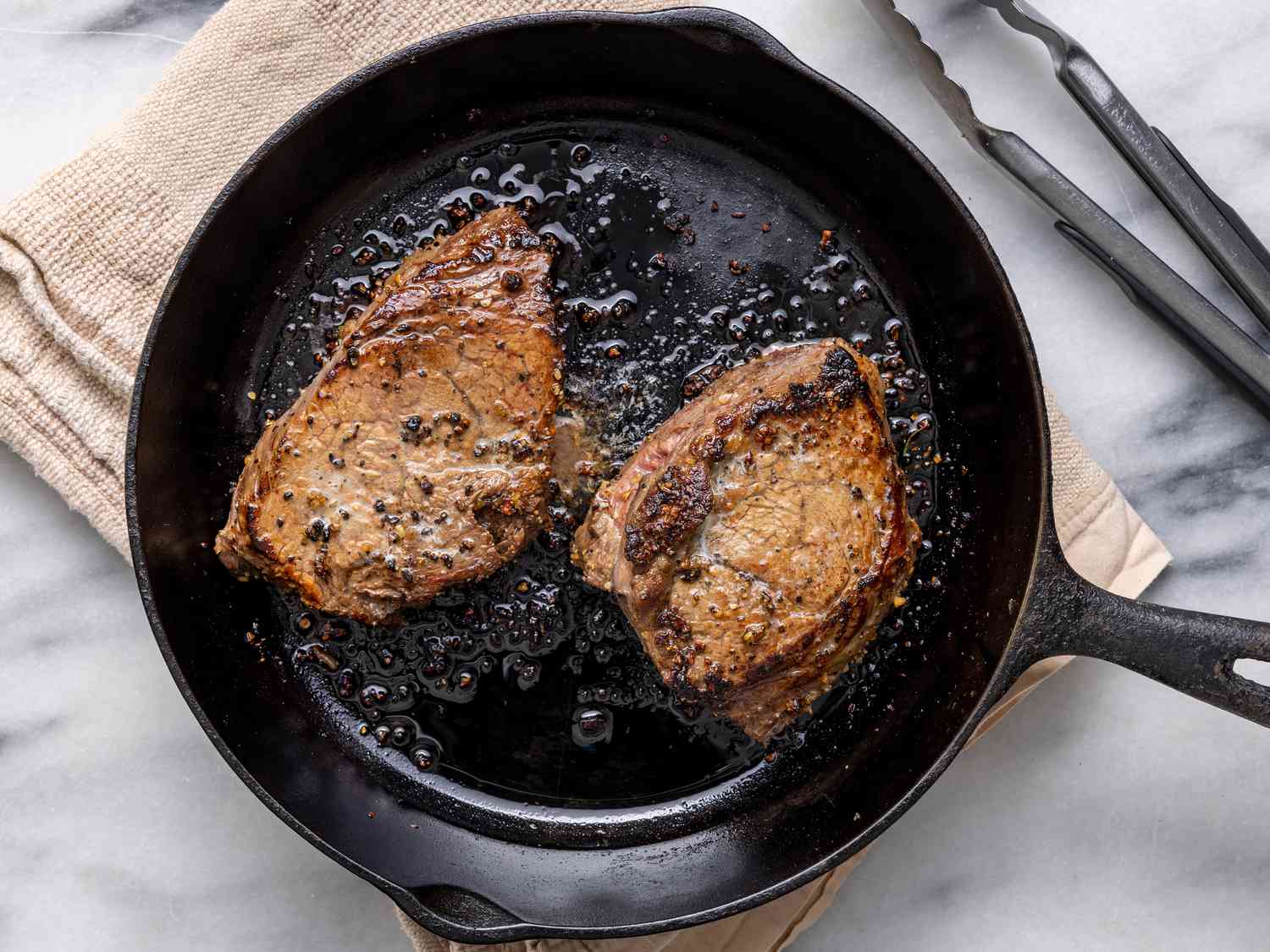Discovering the Delightful World of Pearl Pasta
Have you ever come across a type of pasta that looks like tiny pearls? That’s pearl pasta, also known as Israeli couscous or ptitim. This unique pasta variety has gained popularity in recent years for its versatile nature and delightful texture. Let’s delve into the world of pearl pasta and explore what makes it so special.
What Is Pearl Pasta?
Pearl pasta is a type of small, spherical pasta that closely resembles pearls, hence its name. It is made from semolina or wheat flour, similar to traditional pasta, and is often toasted to enhance its nutty flavor. The small, round shape and slightly chewy texture make it a delightful addition to a wide range of dishes.
How Is Pearl Pasta Used?
Pearl pasta can be used in a variety of culinary applications, making it a versatile ingredient to have in your pantry. Here are some popular ways to use pearl pasta:
- As a base for salads: Pearl pasta works wonderfully in salads, adding a unique texture and visual appeal to the dish.
- In soups and stews: The small size of pearl pasta makes it a great addition to soups and stews, providing a satisfying bite in every spoonful.
- As a side dish: Pearl pasta can be cooked and seasoned as a standalone side dish, complementing a wide range of main courses.
- In pilafs and risottos: Its texture and ability to absorb flavors make pearl pasta a fantastic addition to pilafs and risottos.
Why Choose Pearl Pasta?
There are several reasons why pearl pasta has become a favorite among home cooks and professional chefs alike:
- Texture: The small, round shape and chewy texture of pearl pasta provide a delightful mouthfeel in every bite.
- Versatility: Pearl pasta can be used in a wide range of dishes, from salads to soups, making it a versatile ingredient to have on hand.
- Visual appeal: The unique appearance of pearl pasta adds visual interest to dishes, making them more appealing and appetizing.
- Flavor absorption: Pearl pasta has the ability to absorb flavors, making it a great vehicle for various seasonings and sauces.
How to Cook Pearl Pasta
Cooking pearl pasta is a straightforward process. Here’s a simple method to cook perfect pearl pasta every time:
- Bring a pot of salted water to a boil.
- Add the pearl pasta and cook for 8-10 minutes, or until al dente.
- Drain the pasta and rinse it with cold water to stop the cooking process.
- Use the cooked pearl pasta in your favorite recipes or dishes.
Exploring Pearl Pasta in Your Kitchen
Now that you’re familiar with pearl pasta, why not explore its culinary possibilities in your own kitchen? Whether you use it in salads, soups, or as a flavorful side dish, pearl pasta is sure to add a delightful twist to your meals. Get creative and experiment with this unique pasta variety to discover new and exciting flavors!
Next time you’re browsing the pasta aisle, consider picking up a package of pearl pasta and embark on a culinary adventure that’s truly one-of-a-kind.
Was this page helpful?
Read Next: What Is Lobster Butter
